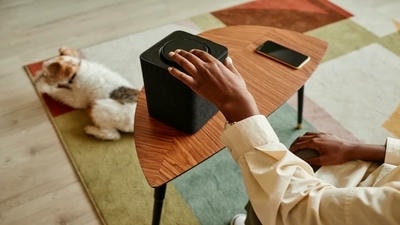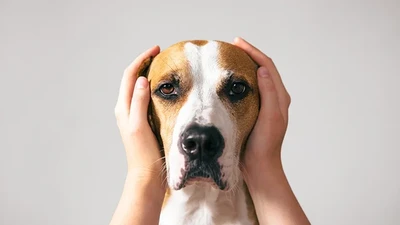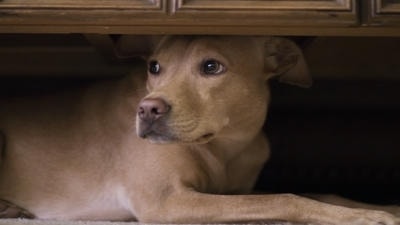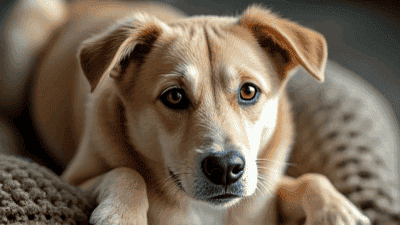
Loud noises, such as thunderstorms, fireworks, or even household appliances, can be terrifying for dogs. Many dogs experience anxiety, fear, or stress when exposed to sudden or loud sounds, which can lead to destructive behavior, excessive barking, or attempts to escape. Desensitizing your dog to loud noises is a gradual process that requires patience, consistency, and positive reinforcement.
Dogs have sensitive hearing, which makes them more susceptible to loud or sudden sounds. Noise anxiety can stem from a lack of early exposure, a traumatic experience, or genetic predisposition.

Desensitization is a training technique that involves gradually exposing your dog to the source of their fear in a controlled and positive way. The goal is to reduce their anxiety over time by helping them associate the noise with something pleasant.
Designate a quiet, comfortable area where your dog can retreat during loud noises. This could be a crate, a specific room, or a cozy corner with their favorite toys and blankets.
If your dog’s noise anxiety is severe, consult your veterinarian before starting desensitization. They may recommend additional support, such as anti-anxiety medication or professional training.

Start by playing recordings of the noise at a very low volume. The sound should be barely audible to your dog. Pair the noise with something positive, such as treats, playtime, or affection.
If your dog remains calm, reward them with treats and praise. If they show signs of anxiety, lower the volume or stop the sound and try again later.
Over time, slowly increase the volume of the noise as your dog becomes more comfortable. Continue to reward calm behavior and provide reassurance.
Once your dog is comfortable with the recordings, expose them to real-life loud noises in a controlled environment. For example, start with distant fireworks or a soft thunderstorm.
Consistency is key. Practice desensitization regularly in short sessions (5-10 minutes) to reinforce positive associations.
Pair loud noises with something your dog loves, such as treats or playtime. This helps create a positive association with the sound.
Engage your dog in activities they enjoy during loud noises, such as playing with a favorite toy or practicing obedience commands.
Work with a professional dog trainer or behaviorist to address underlying anxiety and develop a tailored desensitization plan.

Expose your dog to a variety of sounds, people, and environments during their early development to build confidence and reduce anxiety.
Physical activity helps reduce stress and anxiety in dogs. Ensure your dog gets plenty of exercise through walks, playtime, or interactive games.
Provide your dog with puzzles, treat-dispensing toys, or training sessions to keep their mind engaged and prevent boredom.
Establish a consistent daily routine to help your dog feel secure and reduce stress.
Exposing your dog to loud noises too quickly can worsen their anxiety. Always proceed at a pace that is comfortable for your dog.
Scolding or punishing your dog for fearful behavior can increase their anxiety and damage your bond. Instead, focus on positive reinforcement.
While medication can be helpful, it should not replace desensitization training. A combination of both is often the most effective approach.
Bella was terrified of thunderstorms and would hide under the bed whenever it rained. Her owner started desensitization training by playing recorded thunder sounds at a low volume and rewarding Bella with treats. Over several weeks, Bella became more comfortable with the noise and no longer hides during storms.
Max would bark excessively at the sound of fireworks. His owner used counterconditioning by pairing fireworks noises with playtime and high-value treats. Max now associates fireworks with fun and remains calm during celebrations.
Desensitizing your dog to loud noises is a gradual process that requires patience, consistency, and positive reinforcement. By following the techniques outlined in this guide, you can help your dog feel more comfortable and confident in the face of loud or sudden sounds. Remember to start slowly, reward calm behavior, and provide a safe space for your dog to retreat to when needed. With time and effort, you can transform your anxious canine into a calm and resilient companion.